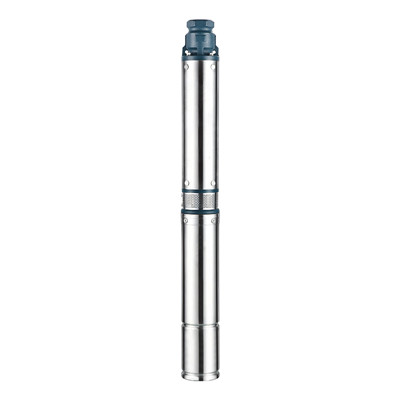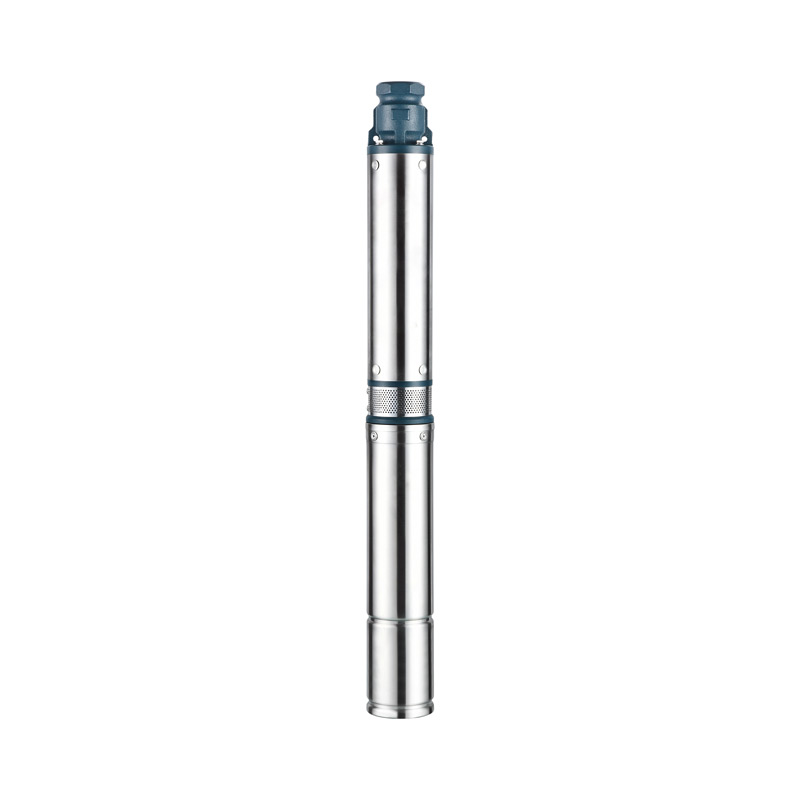The most significant feature of a deep well pump is that it integrates the motor and pump into one unit, designed to be submerged in groundwater wells for pumping and conveying. Deep well pumps are widely used in agricultural irrigation, industrial and mining enterprises, urban water supply and drainage, as well as wastewater treatment. Since the motor is also submerged in water, its structural requirements are more specific compared to conventional motors. The motor structures can be categorized into dry, semi-dry, oil-filled, and wet types. In agricultural irrigation, deep well pumps can draw water from deeper underground sources, providing ample water for large areas of farmland to meet the growth needs of crops, especially suitable for water-scarce regions. In remote areas or places without urban water supply systems, deep well pumps can provide residents with domestic water by extracting groundwater, which is then treated for daily use.
Before starting the deep well pump, the suction pipe and inside must be filled with liquid. After starting the pump, the impeller rotates at high speed, and the liquid inside rotates along with the blades. Under the effect of centrifugal force, the liquid is thrown outwards from the impeller. As it exits, the liquid gradually slows down in the pump casing’s diffusion chamber and its pressure increases. It then flows out through the pump outlet and discharge pipe. At this point, a vacuum low-pressure area forms at the center of the blades due to the liquid being thrown towards the periphery. The liquid in the pool, under the influence of atmospheric pressure, enters the pump through the suction pipe. In this way, the liquid is continuously drawn from the pool and continuously discharged through the discharge pipe.
Deep well pump has the advantages of high single-stage lift, advanced structure and manufacturing process, low noise, long service life, high unit efficiency and reliable operation.
Post time: May-09-2025




